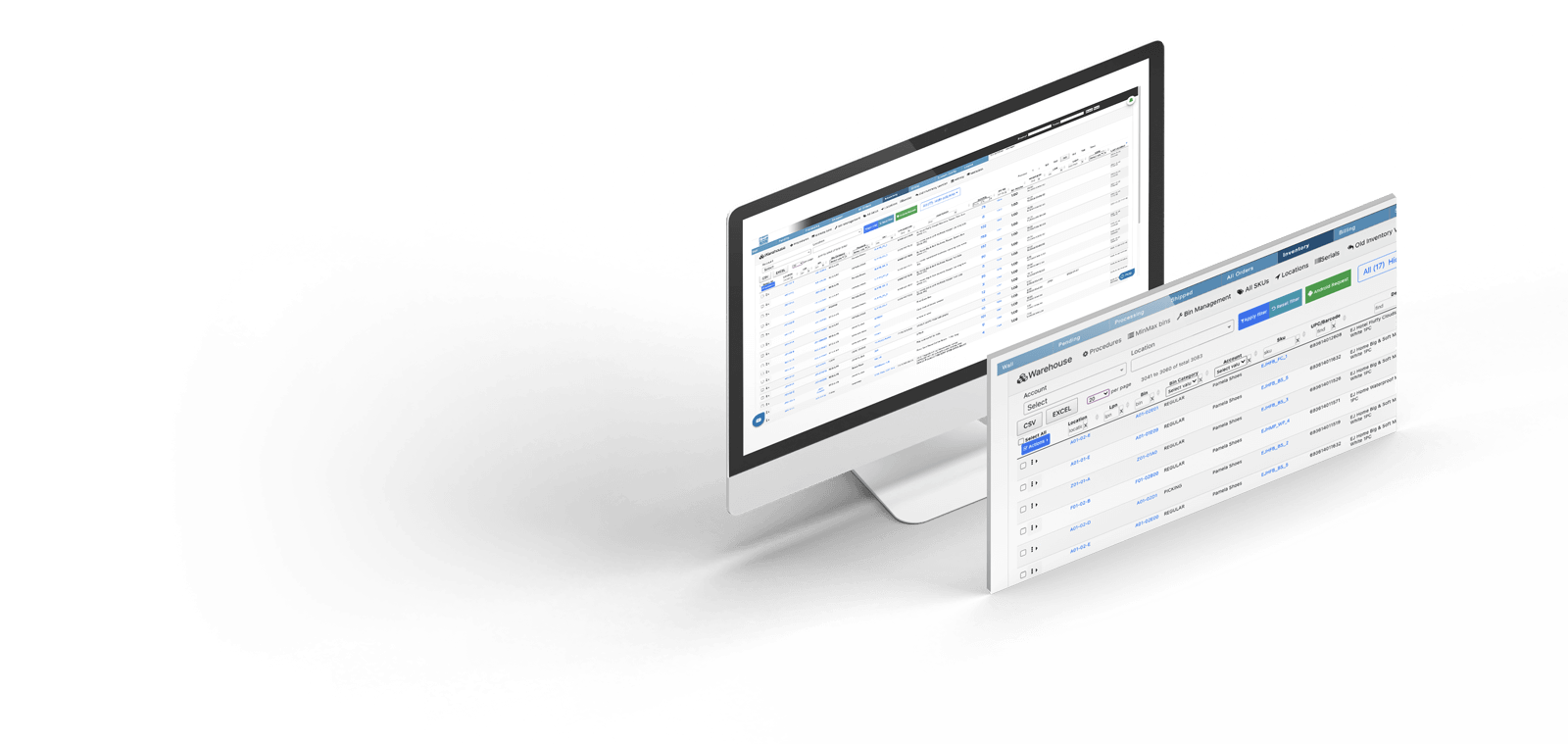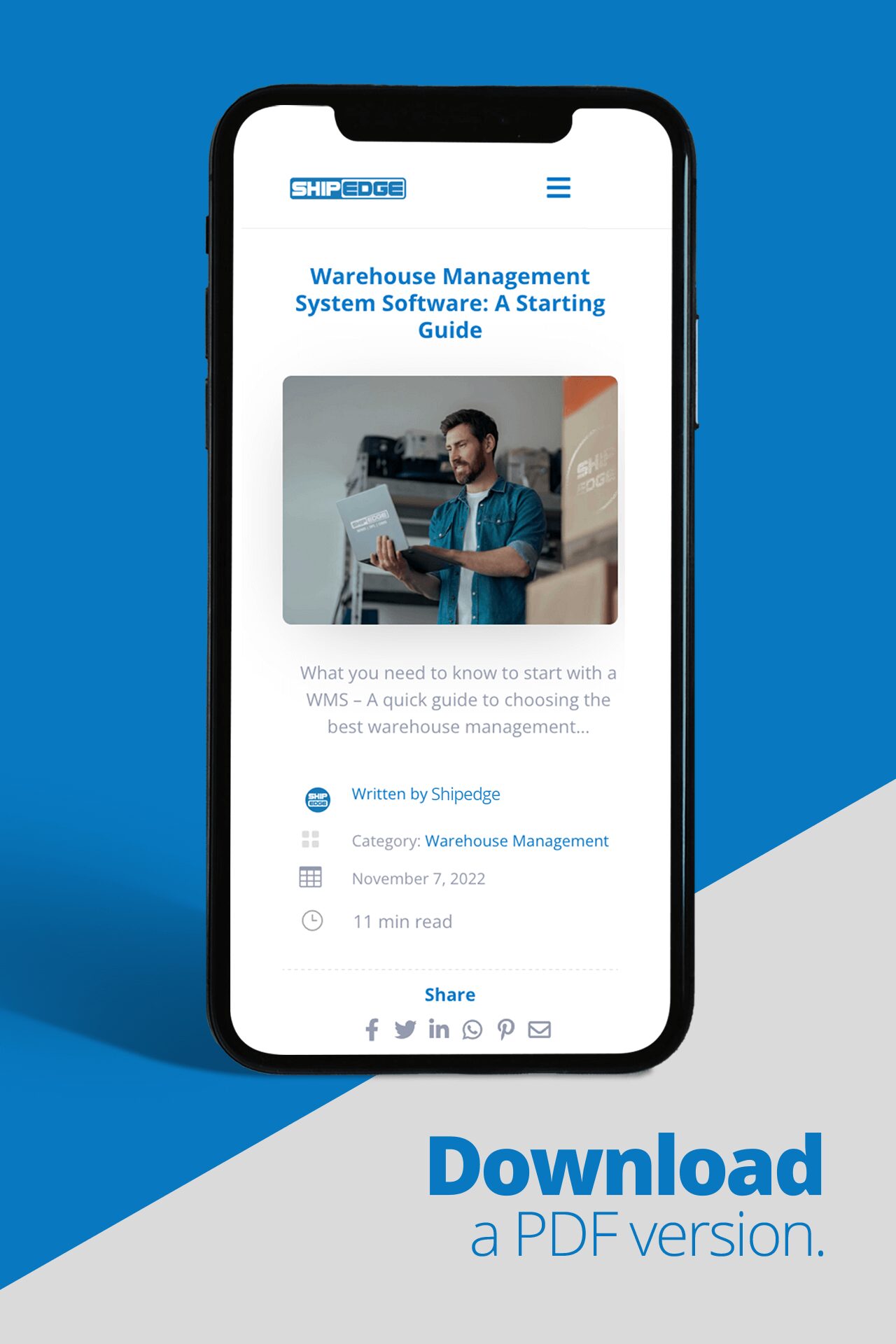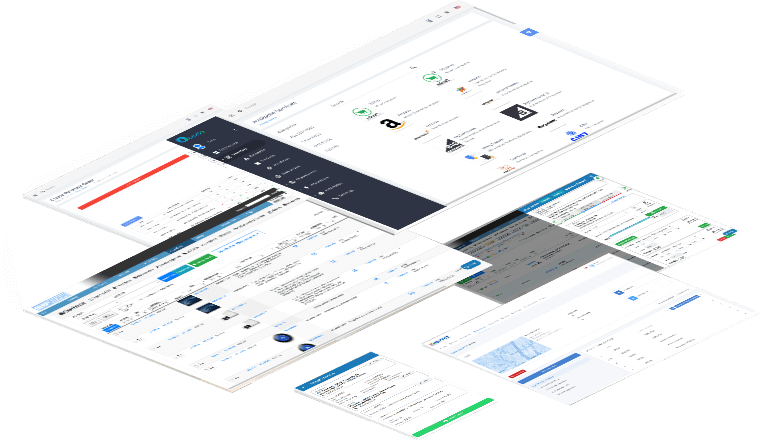Congratulations! You’ve made the decision to update your warehouse management software system. Since this recent adoption, you’re probably eager to see the positive changes it can bring your business. The implementation phase is critical, as it can determine the success of your software adoption and streamline your operations.
In this comprehensive guide (2023 update), we’ll walk you through the best practices for implementing your omnichannel Warehouse Management System. Using the following steps allows for a speedy and successful launch.
What is Implementation?
Implementation is the process of integrating a new software solution into your existing operations. It involves setting up the system, training your team, and adapting your workflows to make the most of the new software.
To truly benefit from implementation, you should aim to learn as much as you can about the system while getting it up and running as quickly as possible.
The Importance of Updating Old Processes
If you’ve decided to switch or upgrade your software, it’s important to remember that you made this decision for a reason. Your previous management system may have worked well in the past, but our Warehouse Management System, backed by years of industry experience, can offer you improved efficiency and scalability. Embrace this change by updating your old processes to align with our proven system, and you’ll soon see the benefits.

A Step-by-Step Guide to Implementing Your New WMS
Define Your Implementation Goals
Start by setting a SMART (Specific, Measurable, Attainable, Realistic, Time-Based) goal for your implementation. A good goal might be to have your team fully trained on all necessary features, be aware of all available features, and start processing orders within one month. Outlining clear goals will make it easier to track your progress and ensure a successful implementation.
Build a Project Plan
A well-structured project plan is essential for smooth implementation. Begin by listing all the tasks required to achieve your goal, and allocate resources and timeframes for each task. Assign clear responsibilities to your team members and establish a timeline to help keep everyone on track. This plan will act as your roadmap throughout the implementation process, ensuring that all tasks are completed on time and within budget.
Maintain Open Communication with Your Software Provider
Treat your software provider as a partner, not as a vendor. Keep them in the loop and ask any questions you have during the implementation process. This will enable a more efficient and mutually beneficial partnership, as our team is eager to help you succeed. Schedule a regular meeting to discuss progress, address any issues, and share updates on the project’s status. This ongoing communication will ensure that everyone is aligned and working towards the same goal.
Customize the System to Fit Your Needs
While our Warehouse Management System is designed to suit a variety of businesses, it’s crucial to tailor the system to your specific needs. Work closely with your technical account manager (TAM) to configure the software’s settings, integrate it with your existing systems, and make any necessary customizations. By making the system work seamlessly within your organization, you’ll maximize its benefits and ensure that it supports your unique workflows and processes.
Train Your Team
A well-trained team is essential for the successful implementation of your new WMS. Provide comprehensive training to all team members who will be using the system, ensuring they understand its features, capabilities, and best practices. This may involve a combination of group sessions, one-on-one training, and hands-on workshops. Encourage your team to ask questions and share their feedback, as this will help them become more comfortable with the new system and ensure a smooth transition.
Test the System and Address Any Issues
Before fully implementing your new WMS, it’s crucial to test the system thoroughly to identify any potential issues or gaps in functionality. Conduct a series of tests to ensure that the software performs as expected and meets your business requirements. If you encounter any issues, work closely with your TAM to resolve them promptly. This proactive approach will help you avoid costly and time-consuming problems down the line.

Monitor Progress and Adjust as Needed
As you progress through the implementation process, regularly review your project plan and evaluate your progress against your initial goal. If you encounter any roadblocks or unforeseen challenges, be prepared to adjust your plan and timeline accordingly. Communicate any changes to your team and software provider, and collaborate to find effective solutions. This ongoing monitoring and adjustment will help ensure that your implementation stays on track and delivers the desired results.
Go Live and Provide Ongoing Support
Once you’ve successfully completed the implementation process, it’s time to go live with your new Warehouse Management System. Ensure that your team is ready and fully trained and that all necessary configurations and integrations are in place. During the initial go-live period, provide additional support to your team to address any questions or concerns that may arise. Continue to monitor the system’s performance and make any necessary adjustments to optimize its effectiveness.

Evaluate the Success of Your Implementation
After your new WMS has been live for a while, take the time to evaluate the success of your implementation. Assess whether you’ve achieved your initial goal, and gather feedback from your team members to understand their experiences with the system. Analyze the impact of the new WMS on your operations, including improvements in efficiency, cost savings, and growth opportunities. Use this evaluation to identify areas for further optimization and to inform future software upgrades or process improvements.
Plan for Future Growth and Development
As your business grows and evolves, so should your Warehouse Management System. Stay up-to-date with new features and enhancements, and consider how they might benefit your organization. Regularly review your system and processes to identify potential bottlenecks or other areas for improvement, and collaborate with your software provider to implement changes that support your ongoing growth and success.
Once you are familiar with Shipedge’s WMS, check out our roadmap. Here, you can leave suggestions on ways we can improve our software, view version updates, and what’s coming in future releases.
Conclusion
Implementing a new Warehouse Management System can seem like a daunting task, but with the right approach, it can lead to significant improvements in your business operations. By following these comprehensive steps, you’ll set up your organization for a successful implementation and smooth transition into your new WMS. With our 10+ years of industry experience, we’re confident that our software will help you achieve greater efficiency, scalability, and growth.
If you have any questions about implementation or would like to learn more about the features offered with Shipedge’s WMS, feel free to contact us.
Discover how our WMS can improve your business












0 Comments